Your pet’s oral health is as important as your own oral health. It pays to know the basic at-home maintenance and other things that you can do without spending so much money. You’re doing it for your pet and saving them from future pain and potential surgery along the way. Here are 6 tips that you can follow to improve your pet’s overall dental health:
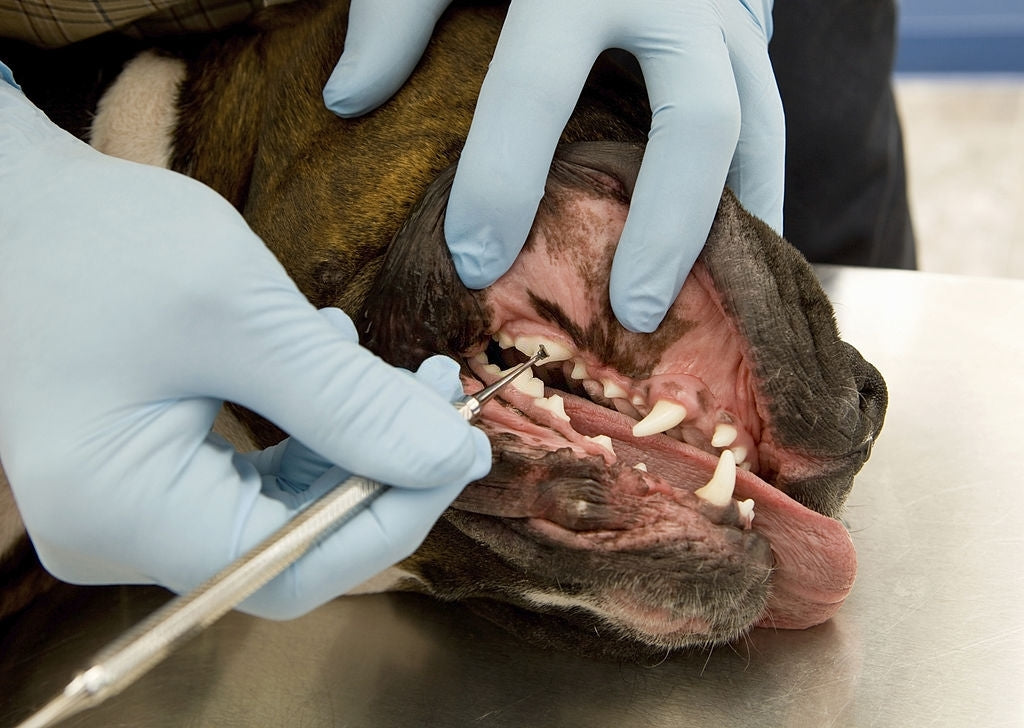
1. Visit the vet for professional cleaning
During your pet’s annual or 6-month wellness visit, your vet should be examining your pet’s oral health for presence of dental tartar or diseases. It’s worth taking full dental x-rays to determine hidden gum diseases that are invisible to the human eye. If your pet has advanced signs of dental diseases, they may need to undergo treatment or surgery. One or multiple teeth can be extracted depending on the x-ray result. Your vet should be able to determine whether your pet needs to undergo general anesthesia or a non-anesthetic dental cleaning. Some pets that are frisky may require sedation for full dental cleaning. After the session, your vet will advise regular dental cleaning at home for maintenance. Some pets require less frequent cleaning and others may need daily dental program.

2. Do regular oral exam
As a pet owner, you should be able to know what your pet’s mouth usually look like. Do you know what a healthy teeth look like? Your pet’s teeth should be clean, tartar-free (hard, scaly or sticky discolorations) and no signs of plaque. They should be intact, not jagged or broken. The tongue must be moist without signs of lumps, cuts or lesions. While the color of gums may vary according to breed (some cats have freckles or lentigo on their gums), you should be able to check if their gums are healthy, usually salmon pink in color. Call your vet if you found abnormal raised spots, lumps, pale gums or bright red tissue on your pet’s mouth.

3. Maintain daily brushing
Most vets will require pet owners to maintain their pet’s oral health with daily brushing. Brushing for a few days or once a week is not enough as bacteria may build up on the teeth’s surface again after 24-36 hours. While it may sound like a hassle, especially for cat owners, it’s doable. Ideally, regular brushing must start at an early stage. At the age of 3, most pets show signs of periodontal diseases due to lack of dental hygiene.
Use a toothpaste that is formulated for pets. Never use a toothpaste made for humans, as they are meant to be spit out. This can be harmful for pets if swallowed.
If you’re new to teeth brushing, it’s good to start slow, gentle and with positive reinforcement. Squeeze a small size of toothpaste on your finger and let your pet sniff and lick it. If they move away from the smell or flavor, you can brush their teeth without it. Start with a toothbrush with soft bristles. You can find cleaning devices for a cheap amount in your vet’s office, pet shops or pet care chains. Lift the lip, and raise the toothbrush at a 45º angle, pointing the bristles towards the gum. Clean the front teeth and work your way to the back of the mouth. Some pets can be finicky and are not used to have their mouth being touched. Use your patience while doing so. It may take a few days for resistant pets to get used to teeth brushing. Remember, the key is to take it slow, gentle and gradual. After every session, give them head rubs or forehead scratches as rewards.

4. Dental diet
There are commercialised food nowadays that are specifically designed for dental health. The kibbles have a unique shape that stimulates tooth-brushing to keep your pet’s mouth in good form. These abrasive dry food help scrub each tooth as your pet chews on his food, keeping the bad stuff–tartar and plaque from forming. Consult your veterinarian first before switching pet food and if dental food should be part of your fur babies’ diet.

5. Dental treats and toys
Dental treats and toys are easy, effective and inexpensive ways to reduce the build up of tartar and plaque. Many different brands offer dental treats with varying flavors. Try Happy Doggy for flavourful dental treats that your pet won't surely resist. If the product has the Veterinary Oral Health Council (VOHC) seal, you can be assured that this has met the standards of effective controlling of plaque and tartar. On the other hand, getting dental toys can be tricky. Make sure that you’re choosing non-abrasive chew toys or rubber toys, like Kong toys or Wickedbone. While they are not harmful, nylon tennis ball is notorious for eroding the crowns of teeth. Avoid handing out pig’s ears, cow hooves and bones to your pet. They may be helpful but it may cause tooth fracture and may lead to serious problems if ingested. Always monitor your pet when using dental chews to avoid accidental choking. If you’re unsure which toy to give, it’s best to consult your vet.

6. Signs to look out for
Pets are very good at masking their pain, especially with dental issues. That’s why it’s best to do your part as a pet owner to examine your pet’s mouth regularly to avoid potential problems in the future. If you’re pet is exhibiting these signs, call your vet for a treatment.
- bad breath
- yellow-brown tartar
- cysts and tumors
- inflamed gums
- difficulty chewing
- excessive drool
- change eating habits
Some pet owners may think that dental health is a luxury part of their pet’s wellness. It shouldn’t have to be expensive once you start taking care of their teeth and gums. Oral health should start even if they’re still young, so they get used to oral exam and daily brushing. Take some time to examine your pet’s mouth for abnormal signs. Get a soft-bristled toothbrush or finger brush for daily cleaning to reduce tartar and plaque build-up. There are cleaning devices for pets that are widely available anywhere for a relatively cheap amount. Visit a professional for full dental cleaning every year or so. Now that your pet has their teeth and gums taken care of, you’re saving your pet from pain and avoiding potentially expensive surgeries along the way.


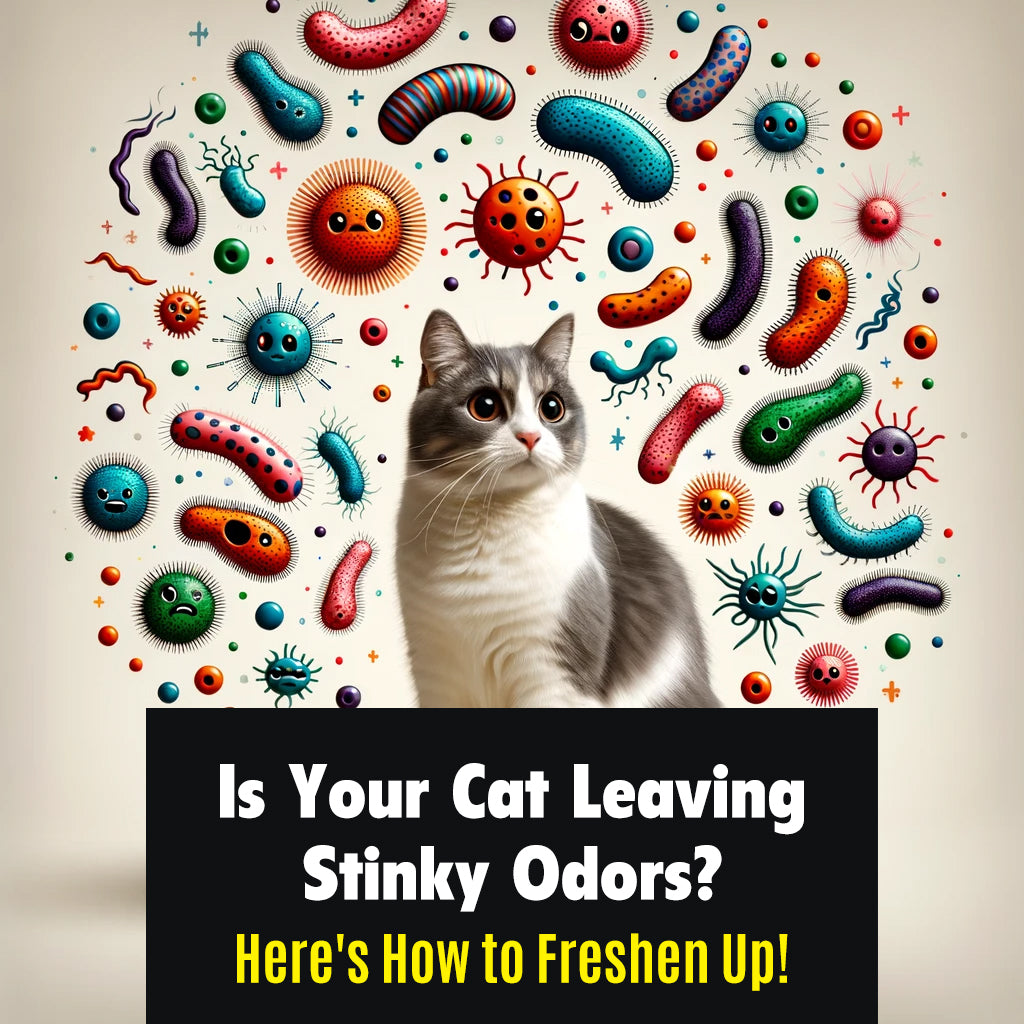
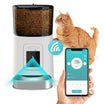
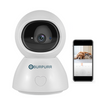

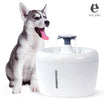
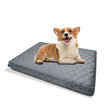
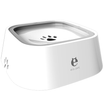
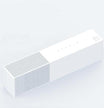
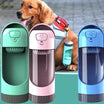

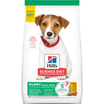

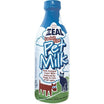
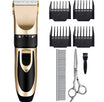
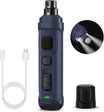
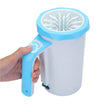
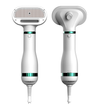
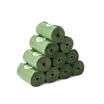
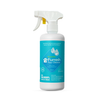
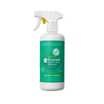
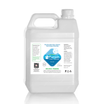
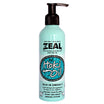
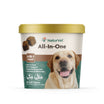
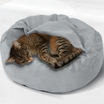
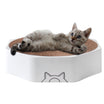
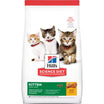
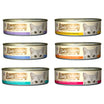
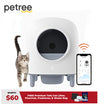

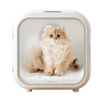



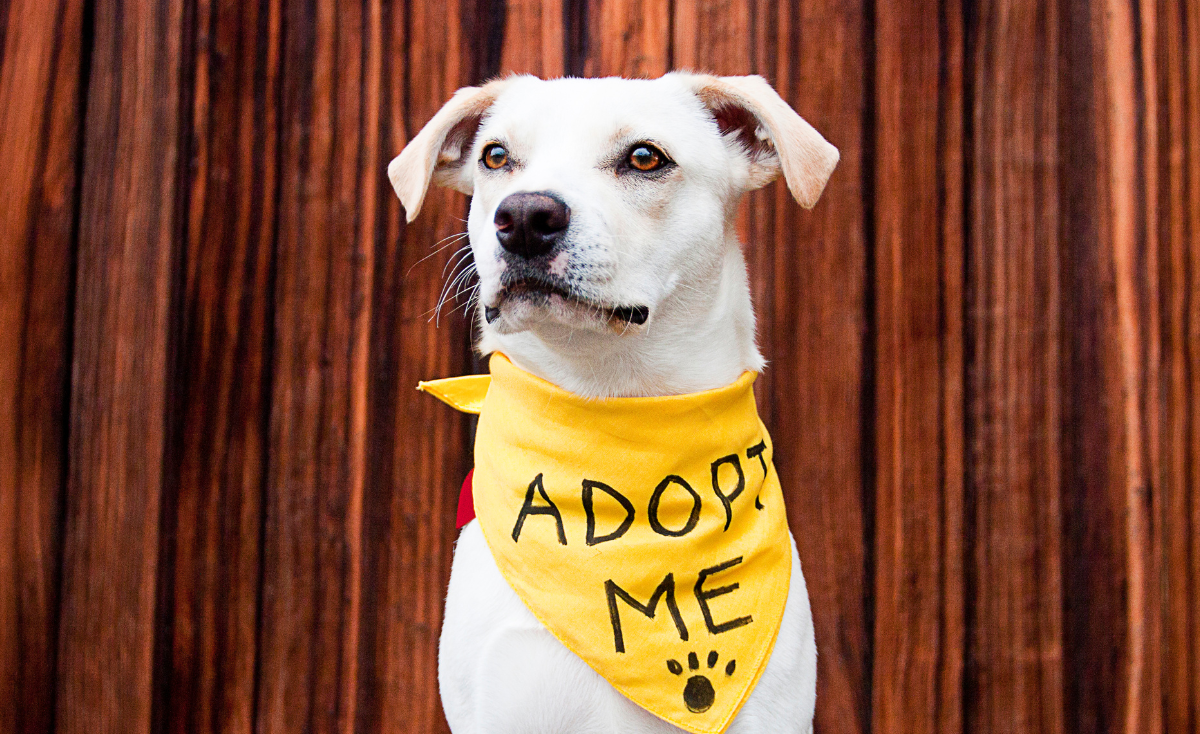



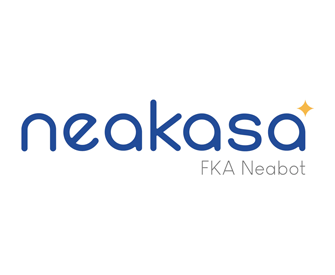

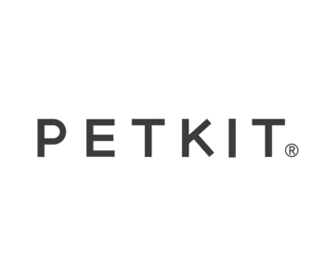




Leave a comment
All comments are moderated before being published.
This site is protected by reCAPTCHA and the Google Privacy Policy and Terms of Service apply.